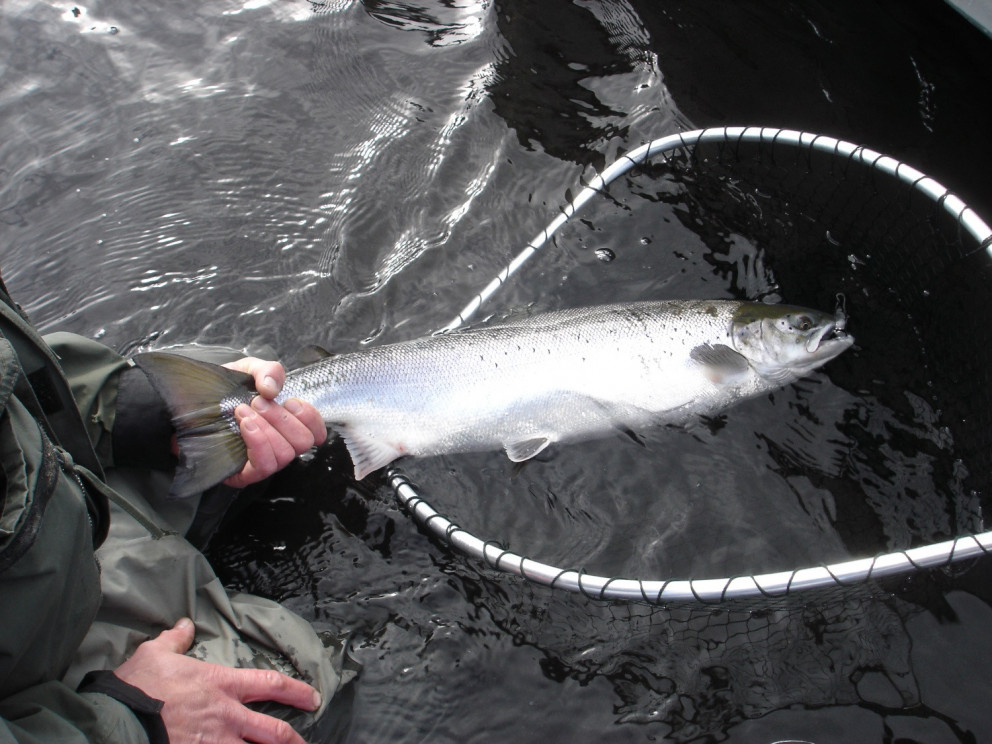- Research
- Fish tagging
- Lumpfish research
- Oceanography
- Seabed mapping
- Arnarfjörður
- Drekasvæði
- Ísafjarðardjúp
- Jökulbanki
- Jökuldjúp
- Kolbeinseyjarhryggur and adjacent area
- Kolluáll
- Langanesgrunn
- Látragrunn
- Nesdjúp
- Reykjaneshryggur and adjacent area
- Selvogsbanki
- South of Selvogsbanki
- South of Skeiðarárdjúp
- South of Skerjadjúp
- Southeast of Lónsdjúp
- Southwest of Jökuldjúp
- Suðausturmið
- Suðurdjúp
- Vesturdjúp
- East of Reykjaneshryggur
- Vestfjardarmid
- Seal research
- Whale Research
- Advice
- About
A microsatellite baseline for genetic stock identification of European Atlantic salmon
19. October 2017
An article covering research done on the genetics of the Atlantic salmon was recently published in the ICES Journal of Marine Science. Two Icelandic scientists were among authors, MFRI Director Sigurður Guððjónsson, and Kristinn Ólafsson, who passed away last spring.
About the research
Atlantic salmon (Salmo salar L.) populations from different river origins mix in the North Atlantic during the marine life stage. To facilitate marine stock identification, we developed a genetic baseline covering the European component of the species' range excluding the Baltic Sea, from the Russian River Megra in the north-east, the Icelandic Elliðaár in the west, and the Spanish Ulla in the south, spanning 3737 km North to South and 2717 km East to West. The baseline encompasses data for 14 microsatellites for 26.822 individual fish from 13 countries, 282 rivers, and 467 sampling sites.
A hierarchy of regional genetic assignment units was defined using a combination of distance-based and Bayesian clustering. At the top level, three assignment units were identified comprising northern, southern, and Icelandic regions. A second assignment level was also defined, comprising eighteen and twenty-nine regional units for accurate individual assignment and mixed stock estimates respectively. The baseline provides the most comprehensive geographical coverage for an Atlantic salmon genetic data-set, and a unique resource for the conservation and management of the species in Europe.

